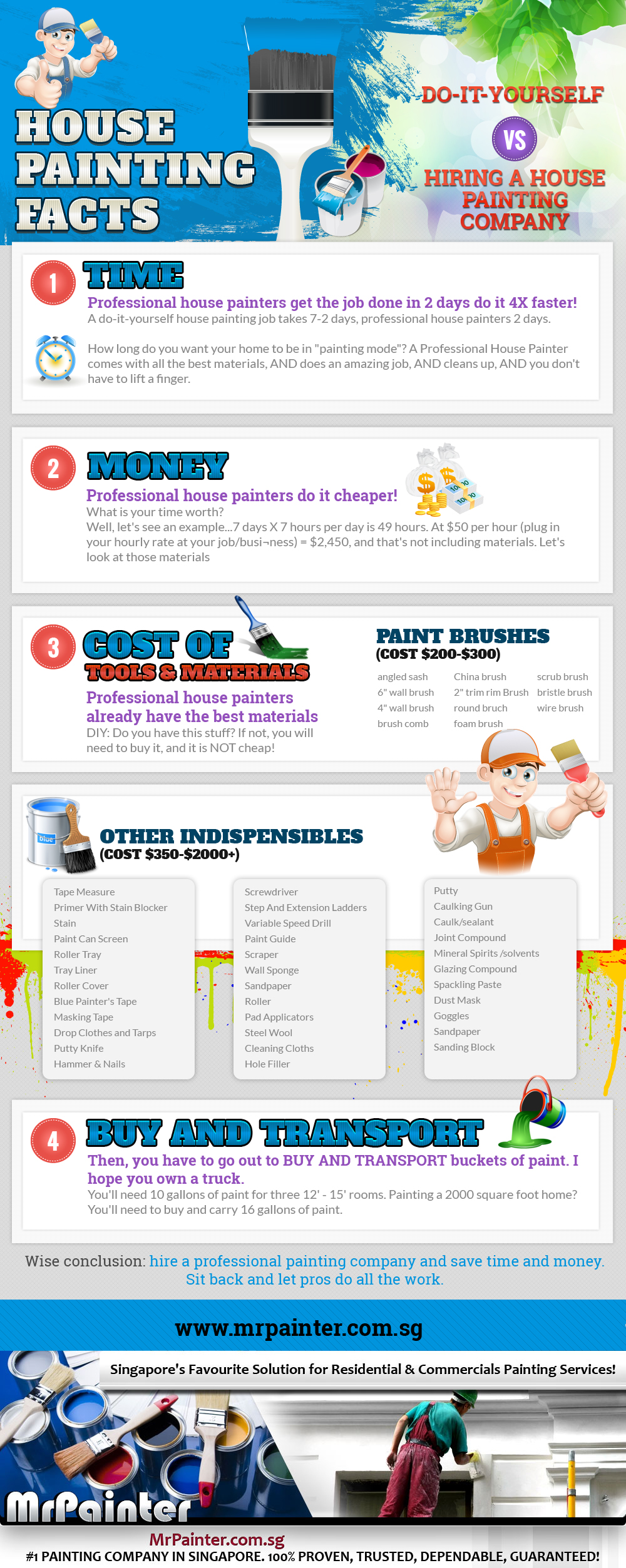Learn Just How Seasonal Aspects Influence Commercial Exterior Paint Success And Uncover The Very Best Times To Guarantee Enduring Results For Your Job
Learn Just How Seasonal Aspects Influence Commercial Exterior Paint Success And Uncover The Very Best Times To Guarantee Enduring Results For Your Job
Blog Article
Published By-Carlson Rosendal
When you're preparing an industrial external painting task, seasonal elements can make or damage your outcomes. You'll wish to consider just how temperature level and moisture influence paint application and drying out times. Choosing the right period can guarantee your paint adheres effectively and lasts longer. But which periods are genuinely the very best for this type of job? Let's discover the crucial elements that can influence your job's success.
The Effect of Temperature on Paint Application
When you're intending an industrial outside painting job, the temperature can dramatically influence just how well the paint sticks and dries out.
Preferably, you intend to repaint when temperatures vary in between 50 ° F and 85 ° F. If it's as well chilly, the paint might not cure effectively, bring about issues like peeling or breaking.
On the other hand, if it's too hot, the paint can dry too quickly, stopping appropriate attachment and leading to an irregular surface.
You need to additionally take into consideration the time of day; early morning or late afternoon uses cooler temperatures, which can be extra positive.
Always inspect the producer's recommendations for the certain paint you're utilizing, as they commonly supply guidance on the perfect temperature range for ideal outcomes.
Moisture and Its Effect on Drying Times
Temperature level isn't the only ecological element that affects your commercial outside paint job; humidity plays a considerable function too. High moisture levels can reduce drying out times significantly, affecting the total top quality of your paint job.
When the air is saturated with moisture, the paint takes longer to heal, which can lead to concerns like bad attachment and a higher threat of mold development. If you're painting on a specifically moist day, be gotten ready for prolonged delay times between layers.
It's critical to keep track of local weather conditions and strategy accordingly. Ideally, go for moisture levels in between 40% and 70% for ideal drying out.
Keeping residential painting services minneapolis, mn consider mind ensures your task stays on track and delivers a lasting coating.
Best Seasons for Commercial Exterior Paint Projects
What's the best time of year for your business outside painting projects?
Spring and early fall are commonly your best choices. During these periods, temperature levels are mild, and humidity levels are typically lower, developing excellent conditions for paint application and drying.
Stay clear of summer's intense heat, which can trigger paint to completely dry as well swiftly, resulting in poor adhesion and coating. Similarly, winter season's cool temperature levels can hinder correct drying and treating, taking the chance of the durability of your paint work.
Aim for days with temperature levels in between 50 ° F and 85 ° F for ideal results. Keep in mind to examine the local weather prediction for rainfall, as damp problems can destroy your task.
Planning around Recommended Reading guarantees your painting project runs smoothly and lasts much longer.
Verdict
Finally, preparing your industrial exterior painting jobs around seasonal factors to consider can make a significant difference in the end result. By scheduling work throughout the ideal temperatures and humidity degrees, you'll ensure better attachment and drying times. Bear in mind to watch on neighborhood weather prediction and choose the right time of year-- springtime and early fall are your best options. Taking these actions will help you accomplish a resilient and professional surface that lasts.
